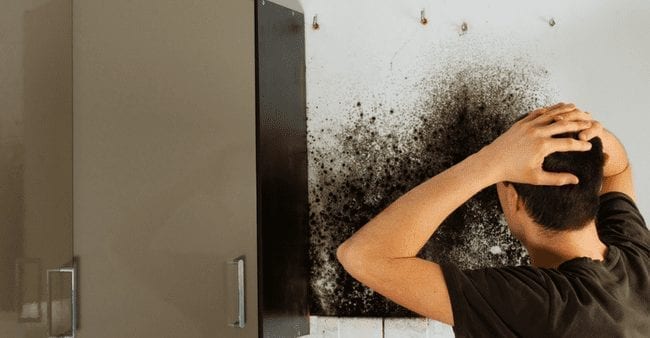Just how to Examine If Your Residence Has a Concealed Leakage
Just how to Examine If Your Residence Has a Concealed Leakage
Blog Article
Do you find yourself hunting for related information about Locating water leaks?

Early discovery of leaking water lines can alleviate a prospective catastrophe. Some tiny water leaks might not be noticeable.
1. Analyze the Water Meter
Every house has a water meter. Checking it is a guaranteed manner in which helps you discover leaks. For beginners, shut off all the water resources. Ensure no one will purge, utilize the faucet, shower, run the washing maker or dish washer. From there, go to the meter and also watch if it will transform. Because nobody is using it, there must be no activities. If it relocates, that suggests a fast-moving leak. If you spot no adjustments, wait a hr or two and also inspect back again. This means you may have a slow leak that could also be underground.
2. Check Water Usage
Evaluate your water bills and track your water usage. As the one paying it, you must see if there are any disparities. If you detect sudden changes, regardless of your usage coinciding, it implies that you have leakages in your plumbing system. Remember, your water costs must drop under the very same array each month. A sudden spike in your costs indicates a fast-moving leak.
On the other hand, a constant increase on a monthly basis, despite having the exact same practices, reveals you have a slow leakage that's likewise slowly escalating. Call a plumber to extensively examine your home, particularly if you really feel a warm area on your flooring with piping underneath.
3. Do a Food Coloring Examination
When it comes to water intake, 30% comes from toilets. If the shade somehow infiltrates your dish during that time without flushing, there's a leakage between the container and dish.
4. Asses Outside Lines
Don't forget to examine your outside water lines as well. Needs to water leak out of the link, you have a loose rubber gasket. One small leakage can lose lots of water and increase your water expense.
5. Inspect and also Assess the Scenario
Home owners should make it a habit to inspect under the sink counters and even inside closets for any bad odor or mold growth. These 2 warnings suggest a leakage so prompt attention is called for. Doing regular inspections, even bi-annually, can conserve you from a significant issue.
If you know your residence is already old, keep a careful eye on your heating units, hose pipes, pipelines and so on. Look for discolorations and also deteriorating as most appliances as well as pipelines have a life span. They will certainly also normally weaken as a result of wear and tear. If you think dripping water lines in your plumbing system, do not wait for it to escalate. Call a professional plumber as soon as possible so you do not end up with a dreadful mess in your home.
Early discovery of dripping water lines can reduce a potential disaster. Some small water leaks might not be visible. Examining it is a surefire method that assists you discover leaks. One little leakage can squander bunches of water and also spike your water bill.
If you think dripping water lines in your plumbing system, do not wait for it to intensify.
WARNING SIGNS OF WATER LEAKAGE BEHIND THE WALL
PERSISTENT MUSTY ODORS
As water slowly drips from a leaky pipe inside the wall, flooring and sheetrock stay damp and develop an odor similar to wet cardboard. It generates a musty smell that can help you find hidden leaks.
MOLD IN UNUSUAL AREAS
Mold usually grows in wet areas like kitchens, baths and laundry rooms. If you spot the stuff on walls or baseboards in other rooms of the house, it’s a good indicator of undetected water leaks.
STAINS THAT GROW
When mold thrives around a leaky pipe, it sometimes takes hold on the inside surface of the affected wall. A growing stain on otherwise clean sheetrock is often your sign of a hidden plumbing problem.
PEELING OR BUBBLING WALLPAPER / PAINT
This clue is easy to miss in rooms that don’t get much use. When you see wallpaper separating along seams or paint bubbling or flaking off the wall, blame sheetrock that stays wet because of an undetected leak.
BUCKLED CEILINGS AND STAINED FLOORS
If ceilings or floors in bathrooms, kitchens or laundry areas develop structural problems, don’t rule out constant damp inside the walls. Wet sheetrock can affect adjacent framing, flooring and ceilings.
https://www.servicemasterbyzaba.com/blog/how-to-detect-water-leakage-in-walls/

I was shown that editorial on Leaking water lines through a friend on a different web address. So long as you appreciated our blog posting kindly don't forget to pass it around. Thanks so much for taking the time to read it.
Report this page